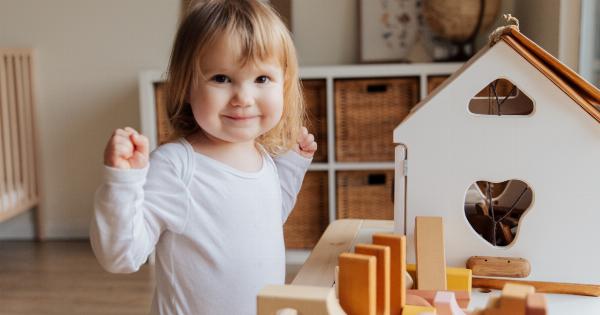Stuffed toys have been a part of our childhood for generations. From teddy bears to dolls, we’ve grown up with them and loved them. However, are we aware of the germs that could be living inside our beloved fluffy friends?.
What are Germs?
Germs are microorganisms that can cause infections and diseases. They can be found everywhere, including on surfaces and objects that people commonly touch. Germs can live for hours on these surfaces, waiting to infect unsuspecting individuals.
Germs on Stuffed Animals
Stuffed animals are comforting toys that children bring with them everywhere they go. However, these toys can be a breeding ground for harmful bacteria and viruses.
Children tend to drool on their toys, spill food and drink on them, and leave them lying around in dirty places. All these activities cause germs to multiply on stuffed animals, creating a dangerous environment for your child’s health.
The Dangers of Germs on Stuffed Animals
Germs on stuffed toys can cause a variety of illnesses, ranging from mild to severe. Some of the infections that can be caused include:.
- Gastrointestinal infections: These infections are caused by bacteria such as Salmonella and Escherichia Coli (E. Coli). They can cause symptoms such as diarrhea, vomiting, and abdominal cramps.
- Meningitis: This is a serious infection that affects the brain and spinal cord. It can cause symptoms such as headache, fever, and neck stiffness.
- Staph infections: These infections are caused by Staphylococcus bacteria. They can cause skin infections such as boils, impetigo, and cellulitis.
How to Reduce Germs on Stuffed Animals
It’s impossible to keep germs completely off stuffed animals. However, there are some steps that you can take to minimize the risk of infections:.
- Wash stuffed animals regularly: Follow the manufacturer’s instructions for washing stuffed toys. Use hot water and soap to kill germs.
- Avoid taking stuffed animals to dirty places: Keep stuffed toys away from places such as parks, dirty floors, and public restrooms.
- Teach children good hygiene practices: Encourage your children to wash their hands regularly with soap and water. Teach them to cover their mouths when they cough or sneeze.
Conclusion
Stuffed animals are not just cute and cuddly; they can also be carriers of dangerous germs. As parents, it’s our responsibility to ensure that our children’s toys are clean and safe.
Taking steps such as washing stuffed animals regularly and teaching children good hygiene practices can go a long way in preventing infections.































